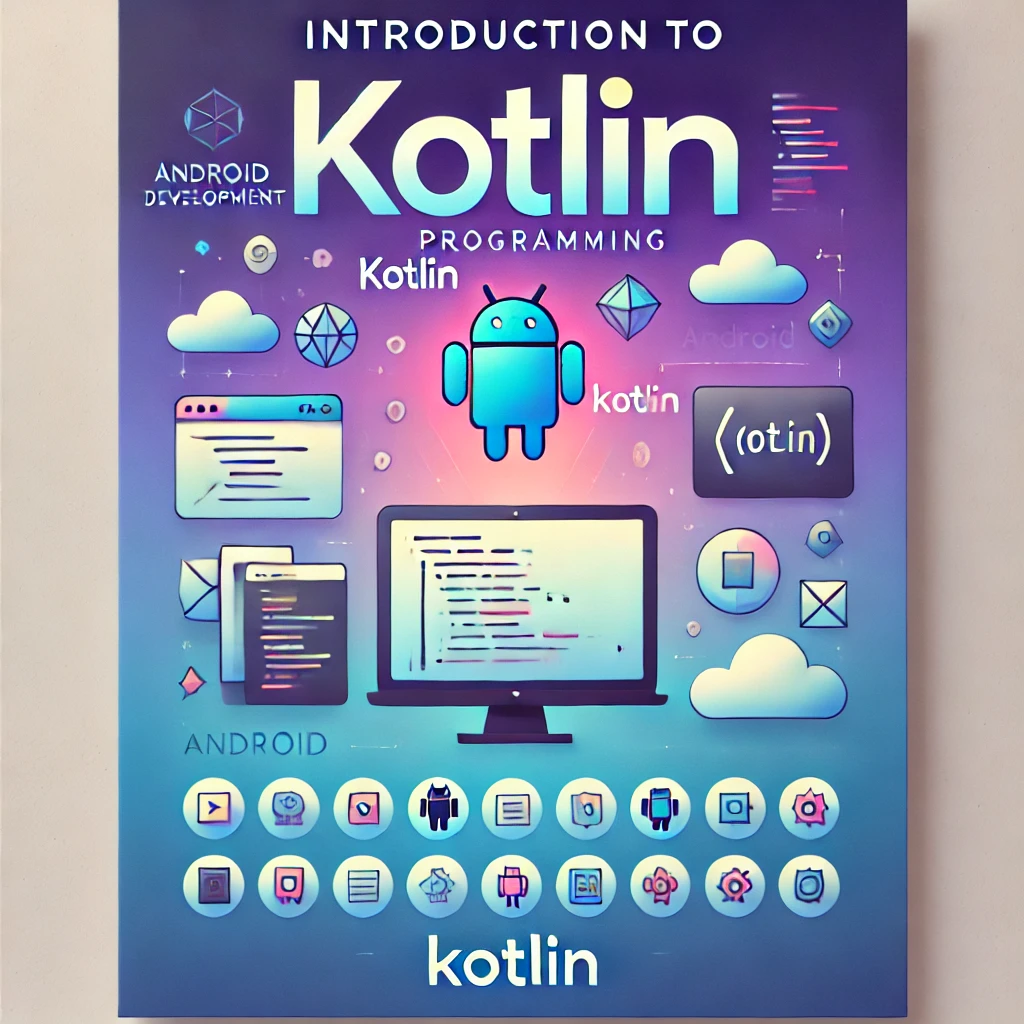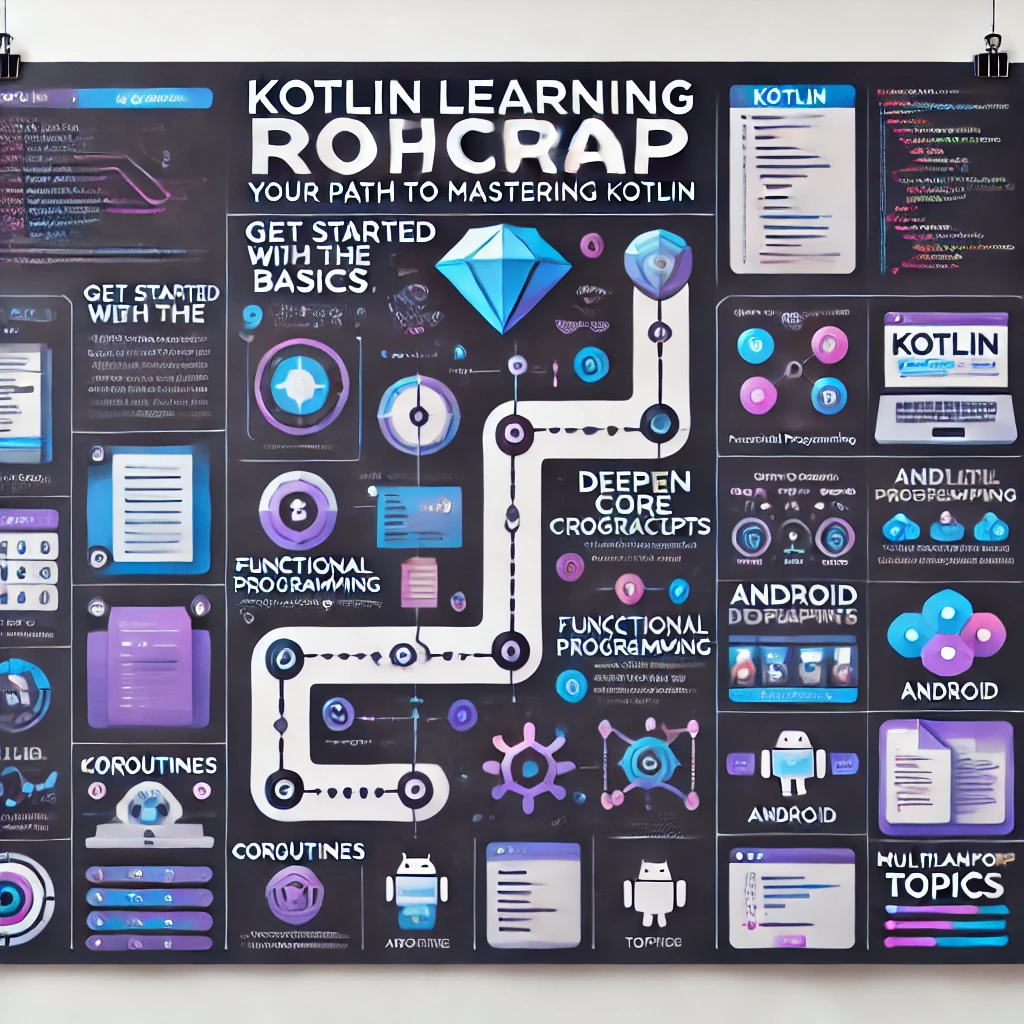
In Kotlin, interfaces are a fundamental concept in object-oriented programming (OOP) that define a contract of methods and properties that a class can implement. They are used to provide a way to specify behavior that can be shared among different classes without forcing them into an inheritance hierarchy.
Unlike classes, interfaces can’t hold state (i.e., they cannot contain concrete properties or fields with state) but they can contain abstract methods (without implementations) as well as methods with default implementations. This allows you to define reusable code in interfaces.
This article covers everything you need to know about interfaces in Kotlin, how to use them, their syntax, and practical examples.
1. What is an Interface in Kotlin?
An interface in Kotlin is similar to an interface in other programming languages such as Java or C#. It is a blueprint for classes that define a set of methods and properties. A class that implements an interface is required to provide concrete implementations for all abstract methods defined in that interface.
Interfaces in Kotlin can contain:
- Abstract methods (without a body).
- Default methods (with a body).
- Properties (either abstract or with default accessors).
Key Features of Kotlin Interfaces:
- Interfaces can contain both abstract and concrete methods.
- Interfaces can’t have state (i.e., they can’t have instance variables or fields).
- A class can implement multiple interfaces.
2. Declaring an Interface
To declare an interface in Kotlin, you use the interface keyword, followed by the interface name and the members (methods or properties) it should expose. If you want a method to be abstract (without a body), just declare it like a normal function signature. If you want to provide a default implementation, you can add a body to the method.
Syntax of an Interface
interface MyInterface {
fun abstractMethod() // Abstract method, no body
fun defaultMethod() { // Default method with body
println("This is a default implementation.")
}
}
In this example:
abstractMethod()is an abstract method, which means classes that implementMyInterfacemust provide an implementation for this method.defaultMethod()is a concrete method with a default implementation, so the implementing class can either use this method as-is or override it with a custom implementation.
3. Implementing an Interface in Kotlin
A class implements an interface by using the : InterfaceName syntax. After implementing the interface, the class must provide implementations for all the abstract methods defined in the interface.
Example of Implementing an Interface
interface Animal {
fun makeSound() // Abstract method
fun sleep() { // Default method
println("The animal is sleeping.")
}
}
class Dog : Animal {
override fun makeSound() {
println("Woof!")
}
}
fun main() {
val dog = Dog()
dog.makeSound() // Output: Woof!
dog.sleep() // Output: The animal is sleeping.
}
In this example:
- The
Dogclass implements theAnimalinterface. - The
Dogclass provides a concrete implementation of themakeSound()method. - The
sleep()method is inherited directly from the interface, and thus theDogclass does not need to override it unless custom behavior is required.
4. Interfaces with Properties
Interfaces can also define properties. These properties can either be abstract (without getters and setters) or have default implementations. If a property is abstract, implementing classes are required to provide the getter and setter for that property.
Example of Interface with Properties
interface Vehicle {
val maxSpeed: Int // Abstract property
fun startEngine() // Abstract function
}
class Car(override val maxSpeed: Int) : Vehicle {
override fun startEngine() {
println("Engine started.")
}
}
fun main() {
val car = Car(150)
println("Max speed: ${car.maxSpeed}") // Output: Max speed: 150
car.startEngine() // Output: Engine started.
}
In this example:
maxSpeedis an abstract property in theVehicleinterface.- The
Carclass provides an implementation for themaxSpeedproperty and thestartEnginemethod.
5. Multiple Interface Implementation
One of the powerful features of Kotlin is that a class can implement multiple interfaces. This allows you to combine behaviors from different interfaces into a single class.
Example of Multiple Interface Implementation
interface Drivable {
fun drive() {
println("Driving the vehicle.")
}
}
interface Fuelable {
fun refuel() {
println("Refueling the vehicle.")
}
}
class Car : Drivable, Fuelable {
// We can use the default methods from both interfaces or override them if necessary
}
fun main() {
val car = Car()
car.drive() // Output: Driving the vehicle.
car.refuel() // Output: Refueling the vehicle.
}
In this example:
- The
Carclass implements both theDrivableandFuelableinterfaces. - It can use the default implementations from both interfaces, or it could override any method if needed.
6. Overriding Interface Methods
If an interface provides default implementations for its methods, a class can choose to override them. If the class doesn’t override the method, the default implementation will be used.
Example of Overriding Interface Methods
interface Shape {
fun draw() { // Default method with implementation
println("Drawing a shape.")
}
fun area(): Double // Abstract method
}
class Circle : Shape {
override fun area(): Double {
return 3.14 * 5.0 * 5.0 // Circle's area formula
}
override fun draw() {
println("Drawing a Circle.")
}
}
fun main() {
val circle = Circle()
circle.draw() // Output: Drawing a Circle.
println("Area: ${circle.area()}") // Output: Area: 78.5
}
In this example:
- The
Circleclass overrides thedraw()method to provide its own implementation, instead of using the default one from theShapeinterface. - The
area()method is abstract in the interface and must be implemented by theCircleclass.
7. Interfaces in Kotlin with Default Implementations
An interface can provide a default implementation of a method. This allows classes that implement the interface to either use the default behavior or override it if needed.
Example of Interface with Default Implementation
interface Logger {
fun log(message: String) {
println("Logging message: $message")
}
}
class FileLogger : Logger {
override fun log(message: String) {
println("Logging to file: $message")
}
}
fun main() {
val fileLogger = FileLogger()
fileLogger.log("Error: File not found.") // Output: Logging to file: Error: File not found.
}
In this example:
- The
Loggerinterface provides a default implementation for thelog()method. - The
FileLoggerclass overrides thelog()method to provide its own specific implementation.
8. When to Use Interfaces
Interfaces are used when you want to:
- Define a contract or behavior that different classes can implement.
- Allow classes to implement multiple behaviors (interfaces).
- Provide default behavior that can be inherited by implementing classes.
- Achieve polymorphism by defining common methods that can be used interchangeably across different types of classes.
Interfaces are particularly useful for decoupling code and making it more modular and reusable. They allow you to define actions (like drive, refuel, draw, etc.) that can be applied across many different classes.
9. Conclusion
Kotlin interfaces are a powerful feature that allows developers to define common behaviors across different classes. With interfaces, you can:
- Define a contract for classes to implement.
- Share common code through default method implementations.
- Combine multiple behaviors through multiple interface inheritance.
Kotlin’s interface system is flexible and can be combined with abstract classes to build a rich, reusable design for your applications. By understanding how to use interfaces effectively, you can write cleaner, more modular code that is easier to maintain and extend.
Key Takeaways:
- Abstract methods in interfaces must be implemented by the classes that implement the interface.
- Default methods in interfaces provide default behavior, which can be overridden by implementing classes.
- Interfaces support multiple inheritance, allowing classes to implement multiple interfaces.
- Kotlin interfaces can define both methods and properties, providing a powerful tool for structuring your code.
By mastering interfaces, you can enhance the flexibility and maintainability of your Kotlin applications.


